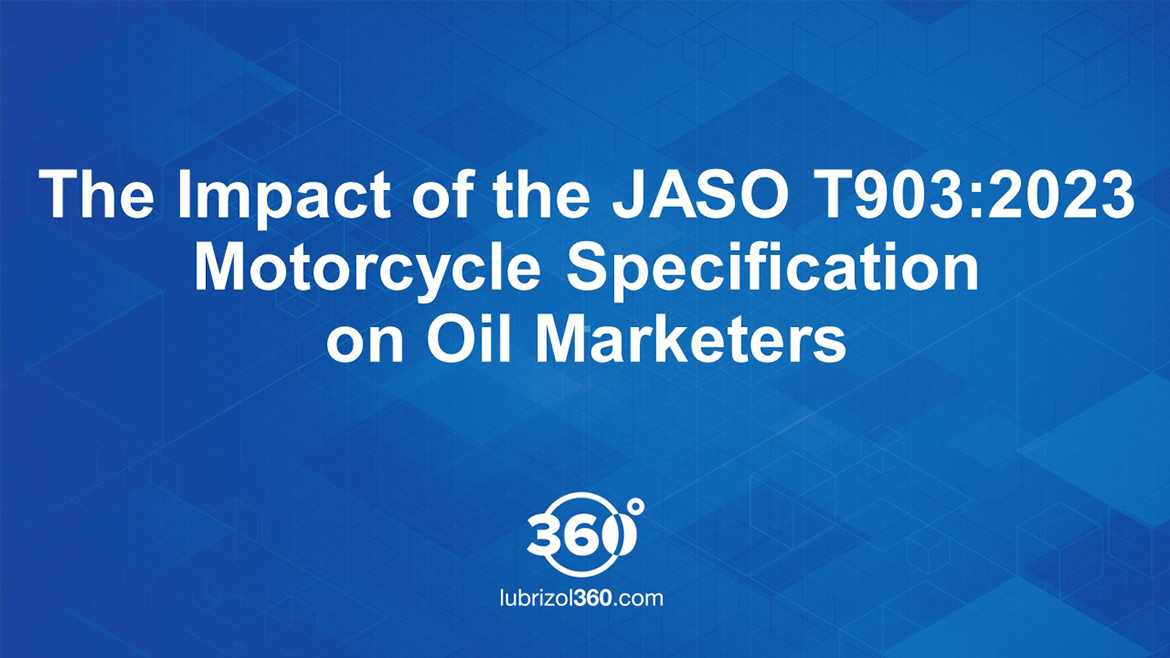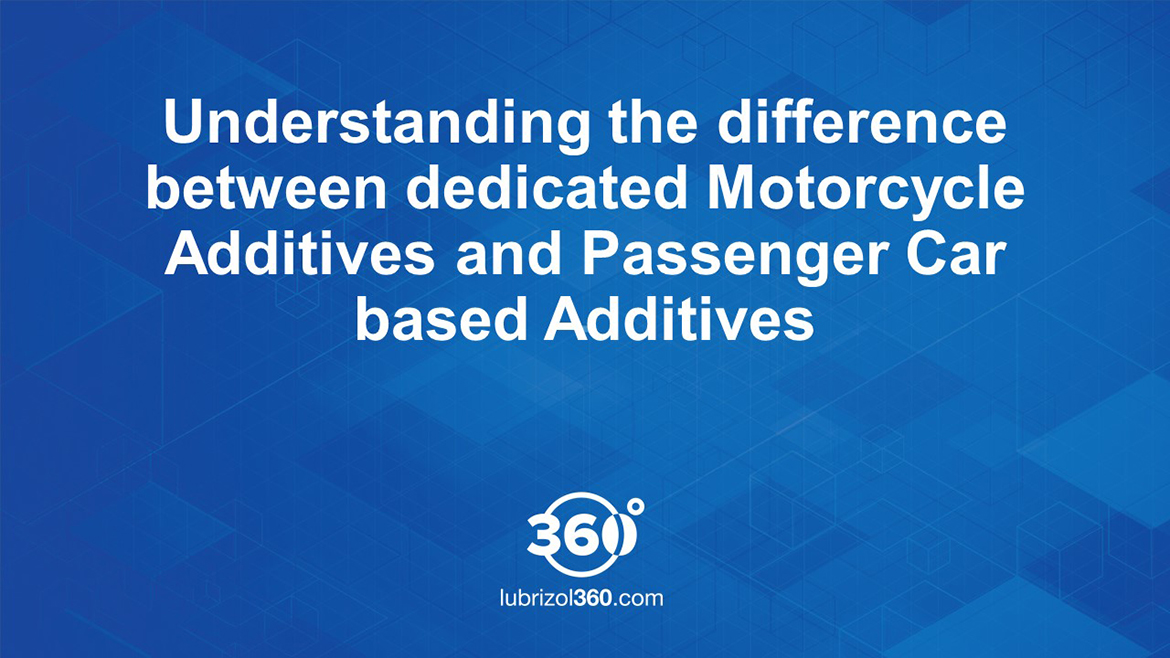Over the last decade, motorcycle population has increased at a great pace globally, especially in Asia Pacific and Latin America. It is further expected to increase to around 1.1 billion units by 2020. Along with the growth in population, motorcycle technologies have also changed significantly, mainly driven by emission regulations and the push for improved fuel economy.
The most important change within the industry has been the move from 2-stroke to 4-stroke engines, where currently the majority of the motorcycles produced and sold globally use 4-stroke engines. Most 4-stroke motorcycles use a common sump for the crankcase, clutch, and gear box, thus requiring a multi-functional lubricant that simultaneously addresses the needs of the severe crankcase environment, facilitates clutch operation, and also protects the gears.
Original Equipment Manufacturers (OEM's) are building motorcycle engines that deliver equivalent or higher power out of more compact engines with smaller displacements. The resultant increase in severity requires a lubricant with superior oxidative stability, capable of minimizing wear and keeping pistons clean.
New generation motorcycle clutches are also more compact, having better torque handling capacity for delivering higher power to the wheels, which increases the possibility for clutch slippage. A motorcycle lubricant has to work synergistically with the clutch plates to prevent slippage, thus ensuring smooth gear shifting and optimal rider feel. A typical Passenger Car Motor oil is not appropriate for this application since friction modifiers added to the oil for fuel economy may induce clutch slippage.
The high-shear environment of a motorcycle gear box presents another challenge for the lubricant. As such, motorcycle lubricants should contain special anti-wear and extreme pressure agents to protect the gears against pitting and also use a shear stable viscosity modifier to ensure oil film thickness is maintained. With the industry moving to lighter viscosity grades for enhanced fuel economy, this becomes even more significant.
Another change the industry has seen in the past few years is the emergence of scooters, which is one of the fastest growing segments, especially in Asia. Modern scooters run on 4-stroke engines, and do not have wet clutches, but instead are fitted with Continuous Variable Transmissions (CVT). Due to scooter design, less air draft reaches the engine, resulting in higher operating temperature than motorcycles. Higher operating temperature makes it essential for the oil to be formulated with enhanced deposit control and the absence of a wet clutch provides an opportunity for enhanced fuel economy through proper formulation.
Along with the changes indicated above, newer and more advanced technologies are already available or expected to be deployed in 4-stroke motorcycles and scooters in the future. These include sequential manual gearboxes, dual clutch transmissions, fuel injection, variable valve timing, after-treatment devices, EGR, AFR/ignition controls, oxygen sensors etc
All the above has increased the need for oils that are designed and developed specifically for motorcycle and scooter applications.



.jpg?h=658&w=1170&la=en&hash=1AEFFE4F0D96D91AD1D573C5986A3D30)

.jpg?h=658&w=1170&la=en&hash=F051DD2E78BEB30AA9C87A6F3D2BB06D)
.jpg?h=658&w=1170&la=en&hash=2DEEF13172DE3CF243E21672AE444A02)


